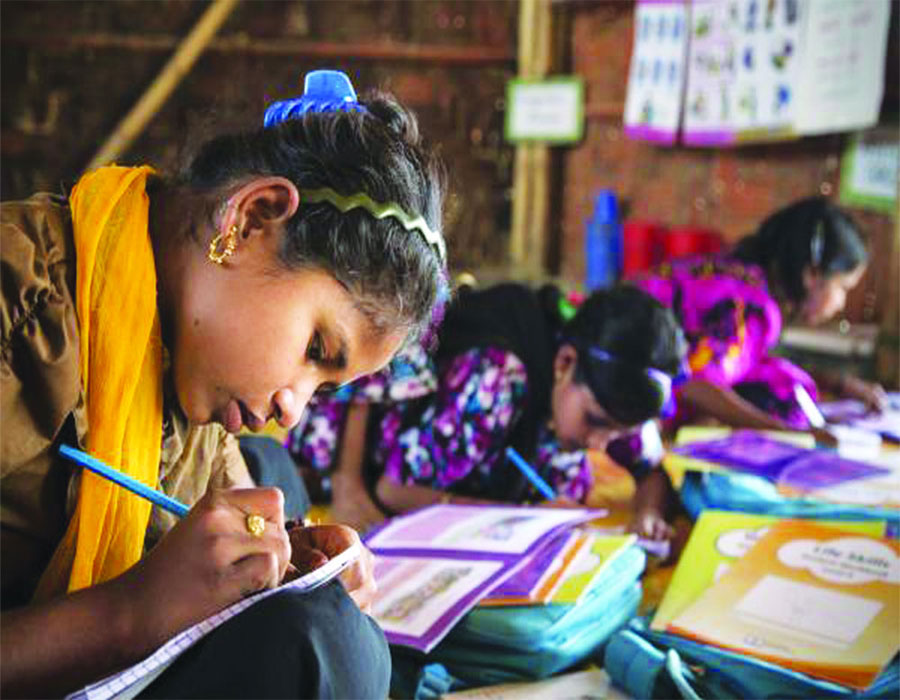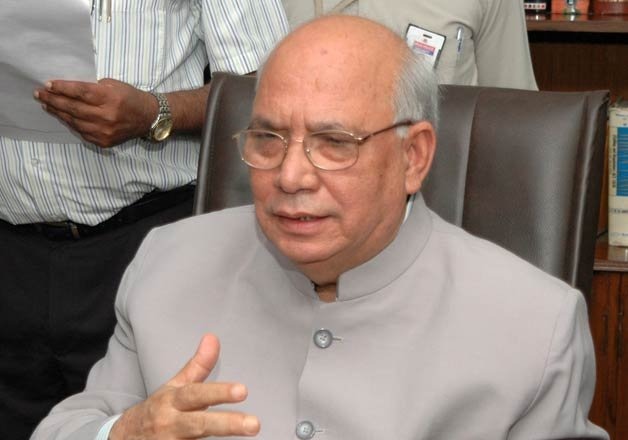While the NEP had strongly advocated expenditure on the sector to be at least six per cent of the GDP, the same has been three-four per cent
Given the socio-economic impact of the pandemic, all eyes were on the Finance Minister (FM) and her handling of the twin challenges of stimulating demand and supply, amid falling revenues. Since monetary stimulus has not been effective in boosting investment demand, the onus of recovery is now more on fiscal measures and supply-inducing reforms. A V-shaped economic recovery requires promoting demand in sectors such as infrastructure and the rural economy. While agriculture and rural development have understandably been given a big push in the Union Budget, rather regrettably education has not received the same priority.
This is despite the fact that the education sector was severely impacted by the pandemic, too. The contagion hampered the teaching-learning processes across all age groups as pedagogy went online. As per the Annual Status of Education Report (ASER), 2020, though the percentage of rural children owning a smartphone went up from 36.5 per cent in 2018 to 61.8 per cent in 2020, nonetheless it indicates that a large digital divide still exists.
Similarly, schools and colleges remain deficient in Information Technology (IT)-enabled infrastructure. With hybrid teaching-learning expected to be the new normal, undoubtedly enormous expansion in digital technology is envisaged. Additionally, to avert the possibility of India’s demographic dividend becoming a devastating catastrophe, imparting quality education remains important. The new National Education Policy (NEP), 2020, reinforces the viewpoint.
With the evolving future of work, human potential for lifelong learning has assumed greater importance. Skilling, reskilling and upskilling has become mandatory for the existing workforce. Undoubtedly, investment in education is crucial for human capital formation. Despite being a merit good, necessitating Government provision and active intervention, the education sector has been largely neglected. For the financial year (FY) 2021-2022, there has been a 6.13 per cent decline in allocation of funds towards it as compared to the Budgeted Estimates (BE) of 2020-21. However, compared to the Revised Estimate (RE) of 2020-21, there has been a 9.5 per cent increase in allocation for 2021-22. Of the total allocation of Rs 93,224 crore to the sector, Rs 54,874 crore is allocated to the Department of School Education and Literacy (a drop of 8.31 per cent) and the remaining Rs 38,350 crore to higher education (a drop of 2.83 per cent in comparison to the BE of the previous year). Further, the RE for expenditure on education for 2020-21 witnessed a decline of 14.32 per cent vis-à-vis the BE.
Additionally, while the NEP had strongly propagated expenditure on the sector to be at least six per cent of the GDP, the same has been between three-four per cent in India. For comparison, expenditure on education relative to the GDP is six per cent or more in Australia, Chile, Israel, New Zealand, Norway, the UK and the US. It lies between three-four per cent in the Czech Republic, Hungary, Ireland, Italy, Japan and the Russian Federation. The average for the Organisation for Economic Co-operation and Development (OECD) countries is 4.9 per cent. For OECD countries, it is about11 per cent. For Chile, Brazil, Mexico, Switzerland, New Zealand, Korea, and Denmark, it is as high as 17 per cent.
With hybrid education set to become the new normal even in a post-Corona world, simply investing in technology is not sufficient. A technology road map needs to be designed for planned action to enable institutions to evolve from the stage of “doing digital” to “being digital.” Despite its importance, the Budget does not promote digitalisation per se. In fact, allocation to IT and the telecom sector declined as a proportion of the total expenditure from 1.95 per cent (2020-21 BE) to 0.93 per cent (2020-21 RE). However, for Digital India e-learning, the funds earmarked have gone up by over 100 per cent and stand at Rs 645 crore. Further, under this scheme, ‘National Mission on Education Through ICT’ as well as Massive Open Online Courses envisaged an overwhelming rise of over 200 per cent and 167 per cent respectively and stand at Rs 150 crore and Rs 200 crore each. Nonetheless, a greater thrust would be required in the years ahead. In addition to allocations, both total and compositional, what matters for productivity is governance. In terms of policy reforms, the proposal to amend the Apprenticeship Act is commendable and can generate opportunities for employability and financing of higher education. The Government’s focus on increasing collaboration with foreign institutions in Japan and the UAE for skill training partnerships is also praiseworthy. Additionally, setting up of a single higher education regulator to streamline governance structures in higher education is commendable. Also, the allocation of Rs 50,000 crore over five years will encourage research, development and innovation.
To impart holistic development, new models of engagement such as learning consortiums and coalitions comprising of diverse stakeholders need to be established for scalable, sustainable and inclusive blended education. Hopefully, an enabling policy environment shall make this a reality in the years to come.
Kaur is Principal and Sarna is Assistant Professor, Shri Ram College of Commerce, University of Delhi. The views expressed are personal.








 OpinionExpress.In
OpinionExpress.In















Comments (0)